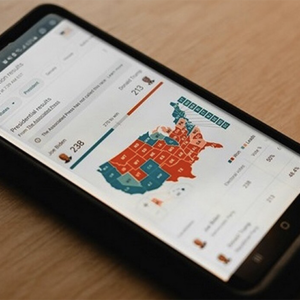
Despite the recent security and privacy issues, remote workers are using Zoom more than ever. The popular video conferencing platform recently revealed it has 300 million daily users– 100 million more than it had at the start of March and an extraordinary surge in the 10 million Zoom users at the end of 2019.
With its attractive pricing and reported ease of use, the platform quickly rose in popularity – and users quickly figured out that Zoom-makers weren’t fully prepared for the level of investigation it would receive.
With so much use, Zoom’s weaknesses came rapidly to light. The platform handled the enormous increase in workload seamlessly and quickly reacted to the security researcher’s findings. That said, just like with each and every service, code updates will not tackle every complaint, but some issues are much worth keeping in mind.
Protect Your Account
In setting up your Zoom account, you should apply the basics of account protection. Consider stronger and unique passwords ( it can be anything as long as you can remember it) and protect your account with two-factor authentication which makes any account harder to hack and more secure. There’s at least one more Zoom-specific catch: After you’ve made your account, in addition to your login and password, you will receive a personal Meeting ID. This should not be made public. But since the platform is the fastest way to create public meetings with your Personal Meeting ID, it’s very simple to leak that ID. If you do, anyone knowing your PMI can join any meeting you host, so make sure you share that info prudently.
Use Your Work Email to Register with Zoom
Another weird glitch you will encounter in Zoom cases is the platform to consider e-mails of the same domain- unless it’s a really common domain such as @yahoo.com or @gmail.com – as belonging to one organization, and it shares their contact details with each member of that group. For instance, remote workers register Zoom accounts using addresses ending with @yandex.kz, a public email platform located in Kazakhstan. It may happen again with addresses belonging to a smaller public email provider.
So, to register with the platform, use only your work email and a VPN for Zoom. Sharing your work contact details with your real colleagues should not be such a big deal. In case you don’t have a work email, consider a burner account with a well-known public domain to keep all your data private and safe.
Don’t Neglect the Screen-Sharing Features
We know every video conferencing platform offers screen-sharing features – or better said, the ability of one user to show their screen to the other – and Zoom is no exception. However, some setting is worth paying attention to, more than you think.
Reducing the screen-sharing features to the host or extending it to everyone on the call. When you don’t want other people to show their screen, you know which option to choose.
Allowing multiple users to share screen simultaneously. If you can’t see why your conferences would need this capability at the moment, most likely you’ll never need it; but keep it in mind in case you’d ever need to enable it.


